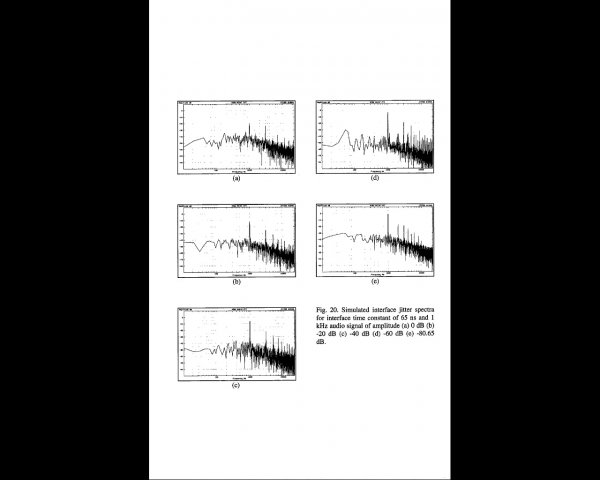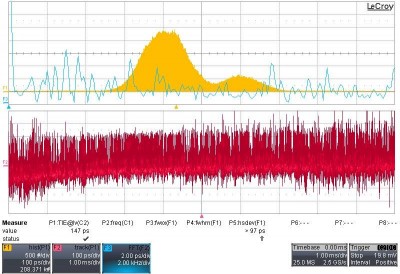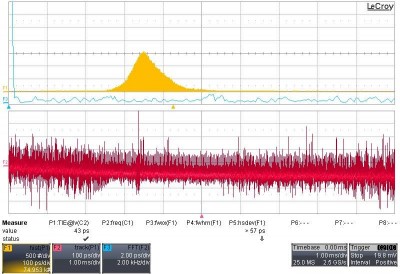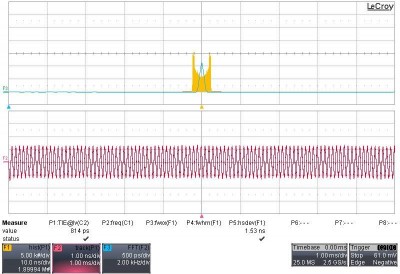Excellent, KBK, thank you.
I've always thought that the secret to unlocking this measurement Vs hearing dilemma was a better understanding of how the ear works & the attempt to model measurements accordingly. Some will say that existing psychoacoustics brings us a long way there but I believe it's only a gross level of understanding.
Your conjecture on hearing function is very illuminating & thought provoking. I like your statement elsewhere that the ear/brain system is an almost full analogy to a 3d waveform analyz#sing temporal and level based transient multiband system operating in real time, making FFT analysing systems look prehistoric by comparison. I have tried to say the same myself elsewhere but not nearly as eloquently. Indeed you will find some threads here which are challenging the ubiquitous FFT analysis method by pointing out some factors considered widespread in audio reproduction & which normally remain invisible to FFT analysis - namely Opus111's noise modulation conjecture.
I've collected many papers on psychoacoustics but none giving the depth or synthesis of your analysis. Do you have any seminal papers you could point me to?
None that I can think of offhand. It took decades of research, with bits gathered from here and there, in order to finally reach that given understanding. It is based on facts, not much in the way of conjecture. Some bits are not so clearly scientifically stated to perfection, but it's all there. For the larger part, the way my mind works is that I retain the useful bits and tend to recognize the given relevant sentence as I read it, no matter the source or intent of the given source. A friend taught me that this is how the better researchers do it. That, for example, in a paper or book, it can be distilled down to a few critical sentences.
I hesitate to use the word fact, as any good scientific mind knows that there is no such thing as a fact, merely a theory that we use until the next useful theory comes along. My other big resource, is my friend and biz partner, who is an expert in acoustics. Down to the point that at least one of the people who've invented some of the parameters/standards we use in acoustics think very highly of his skills, and that his practical capacities and, most specifically... his results on jobsites and work done.....exceed their theoretical musings.
I went to your website and noted the digital situation. Here's an interesting one.
since we hear with both ears, and we triangulate position, This means that separate clocks should be used for each channel,and that the sampling rate needs be doubled again.
that the worst case golden eared audiophile, can position a stereoscopic ping in a stereo set up, to the tune of sounding as if has shifted by one inch left or right. Meaning, if we put a set of speakers 8 feet away from an audiophile and 8 ft apart, we can hear differentials of the image shift (left or right), in the area of one inch of position change. Repeated accuracy.
differences in sonic signal arrival times to the ears, as a pair, gets into under 100,000th of a second, in order to achieve this 'trick' of stereoscopic placement.
Yet, our ears are MUCH more complex than that, regarding capacity to decode.
What this means, is, that a minimum HQ standard is not met, until we get to 20bit at 225k sampling. It reaches that minimum when it has ZERO JITTER, at the same time.
Thus the minimum quality spec for digital audio, would be at let say, 384khz sampling, with 24 bit word depth, and no jitter, or maybe separate clocks for each channel.
That to equal the capacity for timing errors and resolution, as a set, in a system of analysis that takes into account what the ear needs to hear....digital audio could not beat the LP, until it is at 7M samples a second, with 20 bit word depth.





